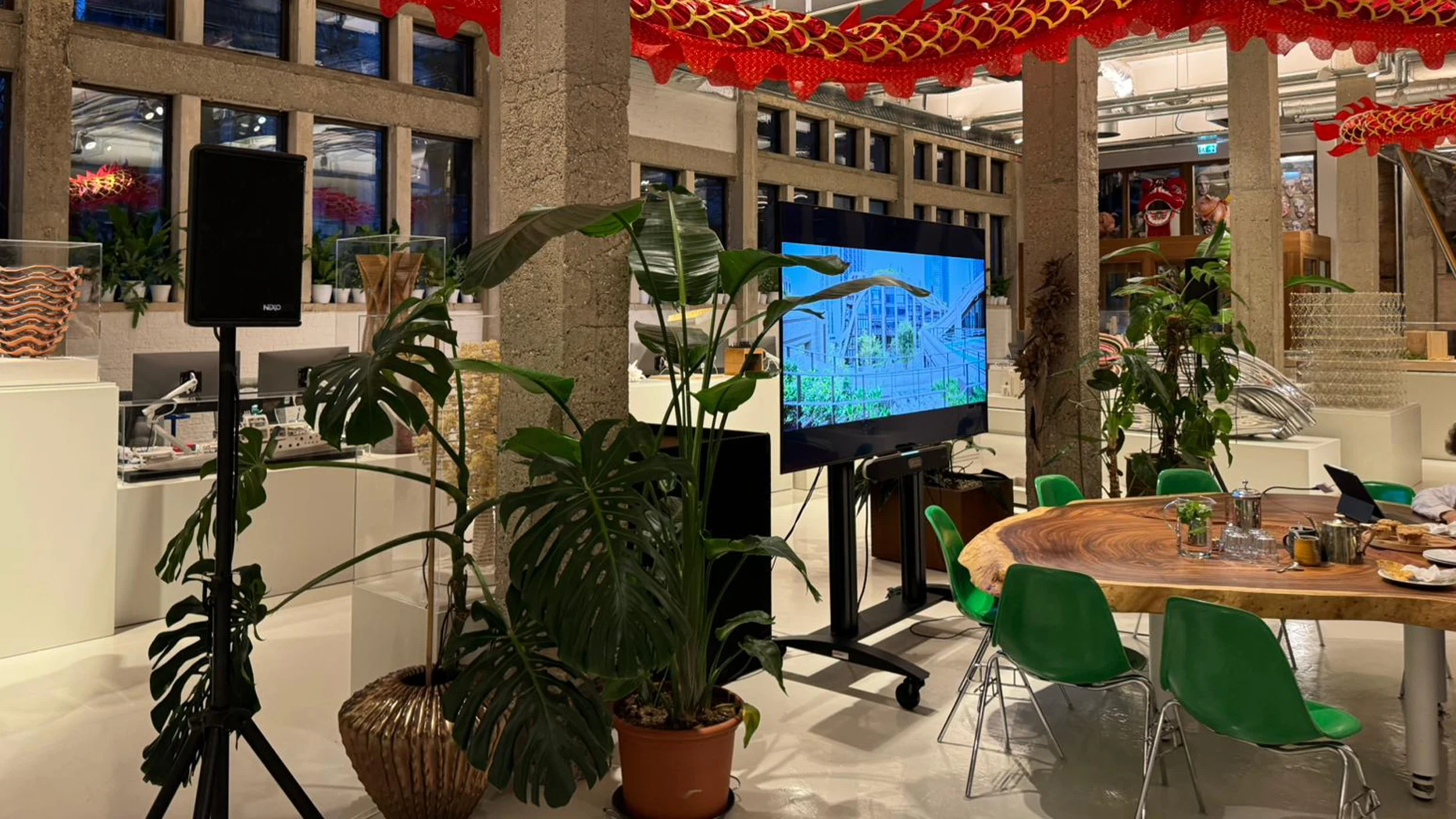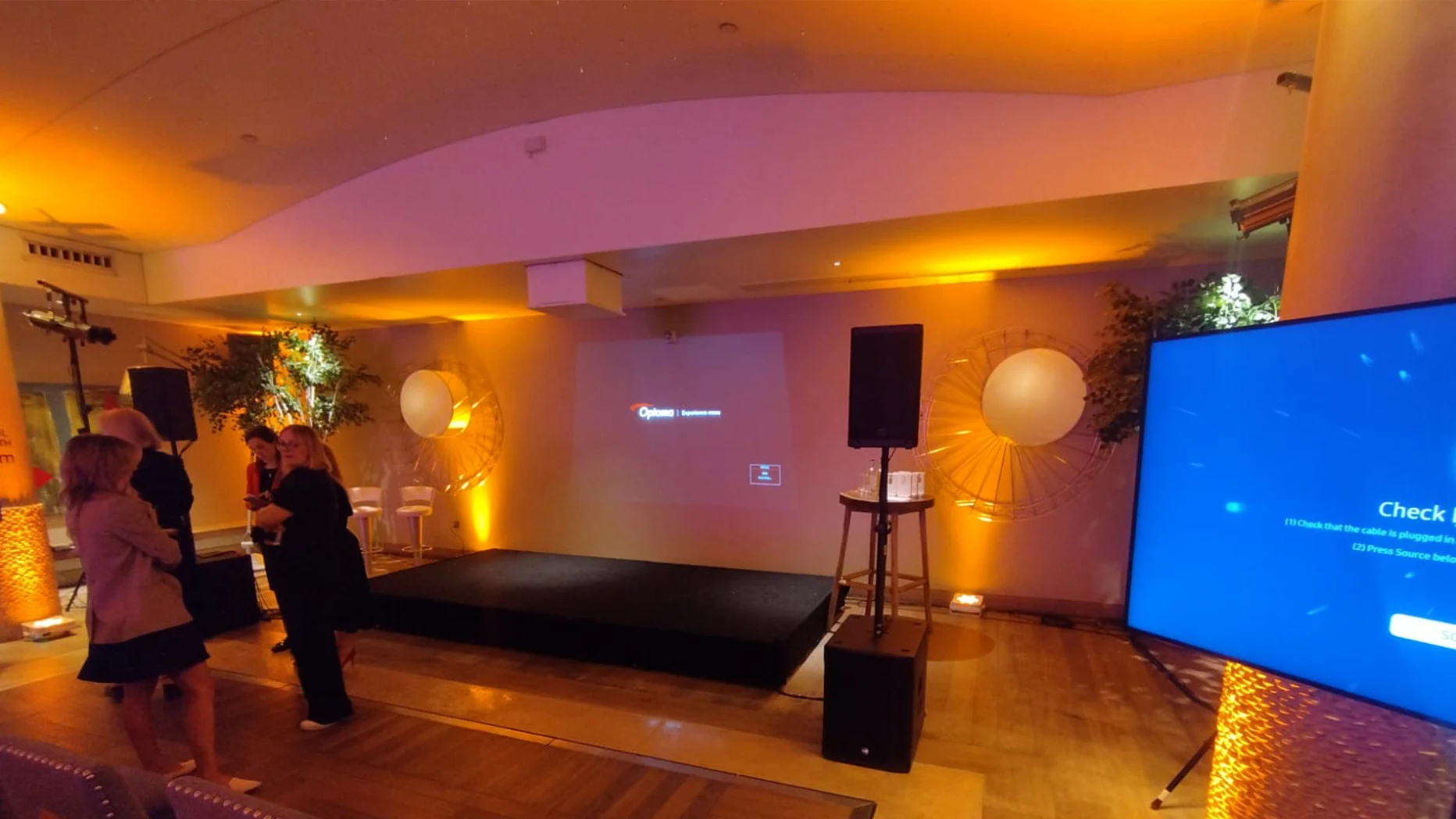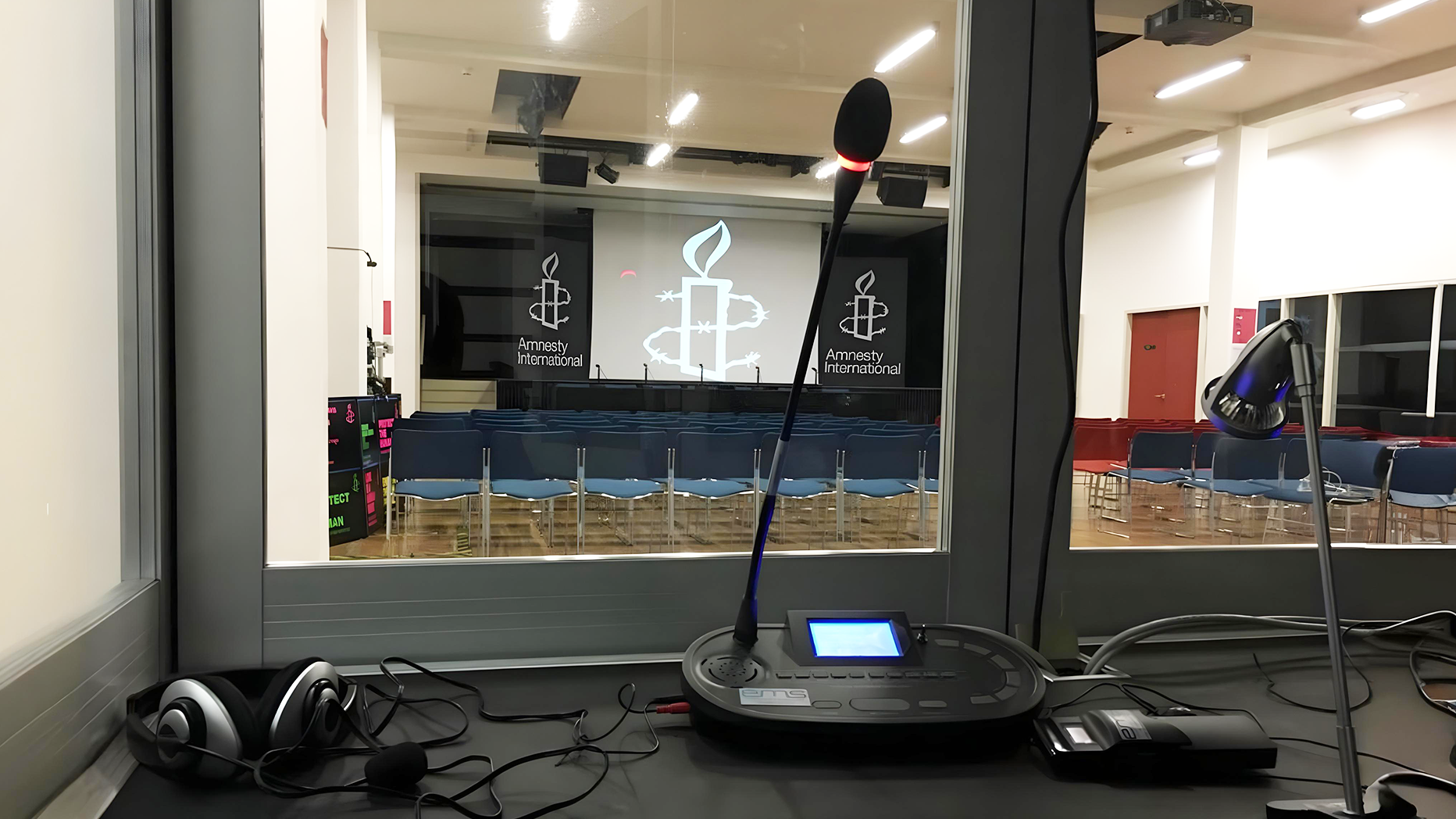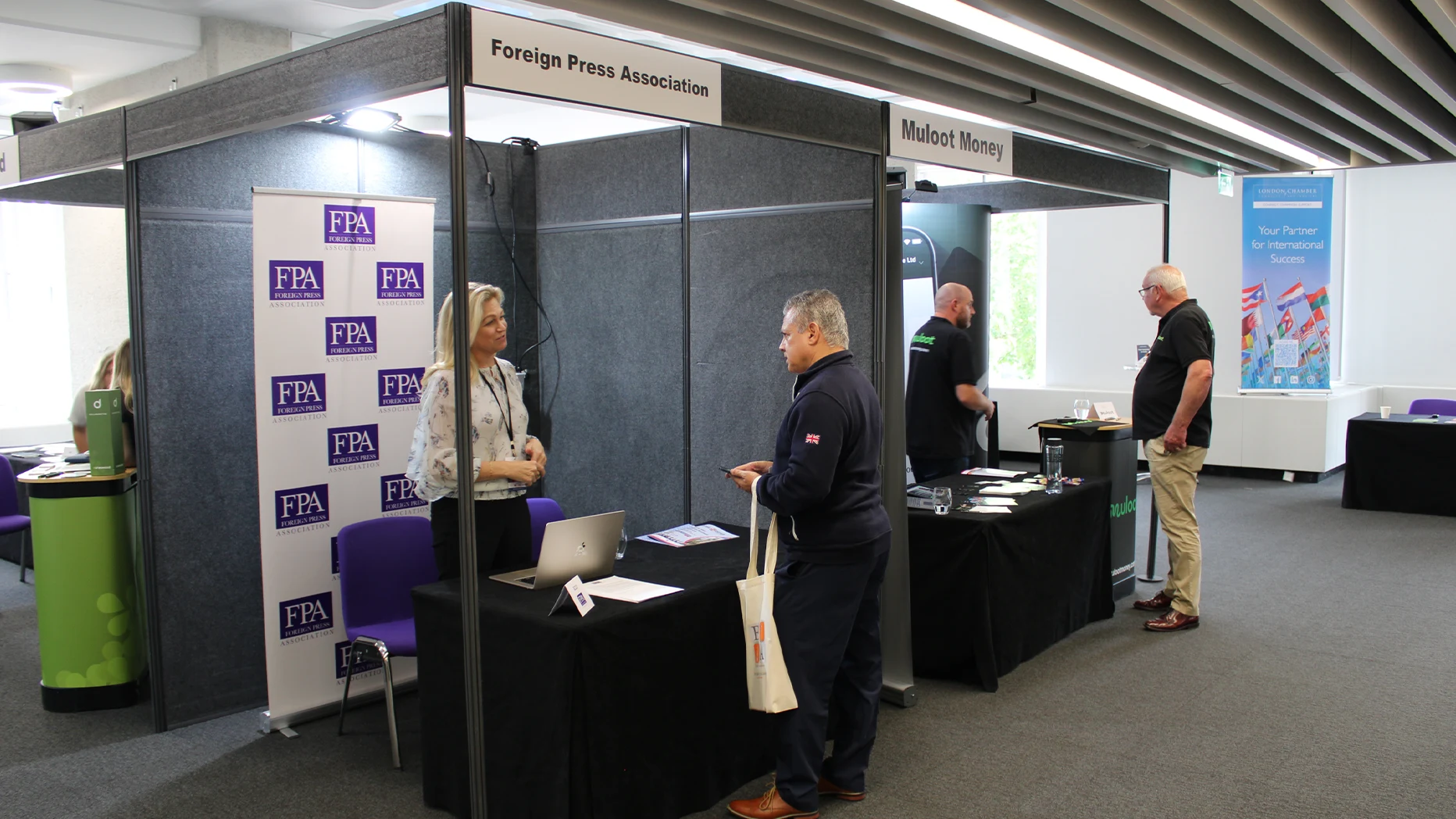When it comes to corporate events, you can have the best speakers, the most stunning venue and a guest list packed with VIPs. But if your audiovisual (AV) setup fails, the whole experience can fall flat. Imagine the mic cutting out mid-speech or the projector going black during a key presentation. Painful, right?
That is exactly why audiovisual pre-event testing is one of the most critical steps in event planning. It is not just about plugging in cables and hoping for the best. It is about preparing for excellence, reducing risk and ensuring your message is delivered smoothly.
In this blog, we will break down everything you need to know about AV pre-event testing, from what it is and why it matters.
What is audiovisual pre-event testing?
AV pre-event testing is the process of checking and verifying all audio, video, lighting and connectivity systems before your corporate event starts. It includes everything from testing microphones and speakers to verifying internet connections and checking backup power sources.
This testing is typically done during setup and again closer to showtime, usually as part of a technical rehearsal. It is your best line of defence against last-minute malfunctions and miscommunications.
Why is AV pre-event testing a must for corporate events?
Corporate events have a lot riding on them. Whether it is a product launch, an investor presentation, or a hybrid town hall, your AV setup supports your entire message. Here is why it is not optional but an essential one:
1. Avoid technical glitches in real time
Nobody wants to troubleshoot a failing mic or frozen screen while the audience is watching. Pre-event testing helps you catch issues before they escalate. Common problems you can prevent:
- Microphones are not connecting or producing feedback.
- Projector or LED wall misalignment.
- Power surges or outages.
- Wi-Fi instability or poor streaming quality.
- Incompatible video formats or laggy transitions.
This will help you:
- Achieve smoother flow: Transitions between segments are seamless.
- Reduced stress: Technicians and speakers are more confident.
- Audience retention: When everything runs smoothly, attention stays where it should be on your content.
2. Ensure the compatibility of all equipment
Different vendors, devices, and platforms don’t always play nice with each other. Pre-testing gives you a chance to ensure everything is compatible before the big day. Hence, try to look for the following:
- HDMI vs. VGA cable needs.
- Speaker and mic synchronisation.
- Software updates or firmware mismatches.
- Video aspect ratios match screen dimensions.
- Ensure livestream platforms (Zoom, Teams, YouTube) integrate properly with cameras.
On the other hand, it will help you:
- No last-minute replacements, you will know if you need an adapter, splitter, or backup in advance.
- Time saving: Technicians can adjust configurations without eating into event time.
- Improved quality: Ensures that what is seen and heard is crisp, clear, and professional.
3. Allow time for fine-tuning
Testing is not just about checking if something works, but is about optimising how well it works. Pre-event testing lets you tweak audio levels, lighting colours, camera angles, and more. Fine-tuning options include:
- Adjusting lighting for cameras (especially important for livestreaming).
- Balancing bass and treble in sound systems.
- Calibrating LED screen brightness for visibility and eye comfort.
- Framing camera shots to focus on speakers or panelists.
Benefits
- Enhanced visual appeal: Lighting can set the mood and improve photos/videos.
- Better sound clarity: Voices come through cleanly, even in large or echoing spaces.
- Professional polish: Makes your brand look detail-oriented and credible.
The ideal AV pre-event testing timeline
Knowing when to run your tests is just as important as running them. To help you plan a flawless execution of your corporate event, meticulous attention to every audiovisual detail is required. Here is a timeline to follow:
a. One week before the event
- Review the full AV equipment list.
- Confirm rehearsal time at the venue.
- Double-check equipment compatibility with venue systems.
b. The day before the event
- Set up all AV equipment on site.
- Test power supply, connectivity, lighting and sound.
- Simulate a full run-through with the team or presenters.
- Confirm backup systems (extra mics, power sources, etc.).
c. Event day – morning
- Retest every single AV component.
- Do a final mic check with presenters.
- Test all video feeds (including livestream or Zoom integrations).
- Keep a technician on standby throughout the event.
Key components to include in AV testing
Here is a pre-event AV checklist to ensure nothing is missed:
Audio
- Test all microphones (wireless, handheld, lapel).
- Check all speakers (volume levels and coverage).
- Eliminate feedback or static noise.
- Sync audio with video content and music cues.
- Test the interpreter or translation system if the event is multilingual.
Visuals
- Confirm video playback compatibility (MP4, MOV, etc.).
- Check display devices (projectors, LED walls, screens).
- Adjust screen resolution and aspect ratio.
- Ensure visuals are clearly visible from the back rows.
- Align presentations to cues or speaker transitions.
Lighting
- Test all lighting zones and presets.
- Balance the colour temperature, especially for camera filming.
- Confirm spotlight coverage on the speakers’ podium.
- Test emergency lighting and dimming settings.
Streaming and connectivity
- Check internet upload and download speeds.
- Test Zoom, Teams, or YouTube integrations.
- Run a mock livestream session with full audio and video.
- Ensure backup internet (like a hotspot) is available.
Control systems
Test AV control panels and software, and ensure cue sheets are properly aligned with lighting and audio changes during rehearsals.
This keeps the technical accuracy (since cue sheets are managed by stage management) while making it clear they must be coordinated with AV operations.
Final thoughts: don’t skip the AV rehearsal
Audiovisual pre-event testing is the backbone of a successful corporate event. It ensures your story is heard, your brand is seen in the best light, and your audience stays engaged from start to finish.
It is more than a technical check; it is a complete peace of mind. So, whether you are planning a small boardroom presentation or a large-scale conference with international guests, make AV testing part of your standard operating procedure. You will thank yourself when the event runs like clockwork.
Need help managing AV for your next event? Be sure to partner with an experienced AV provider who offers full testing, technical support and real-time troubleshooting. Your reputation is too valuable to risk.






